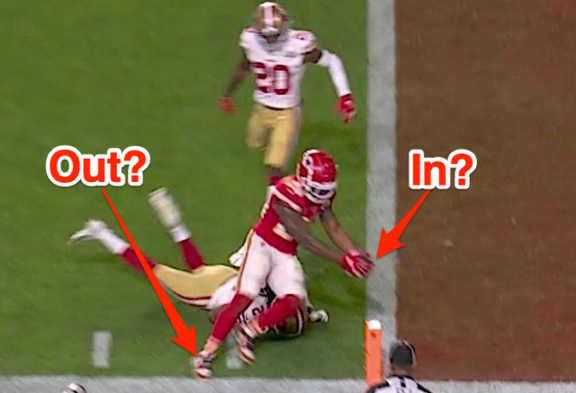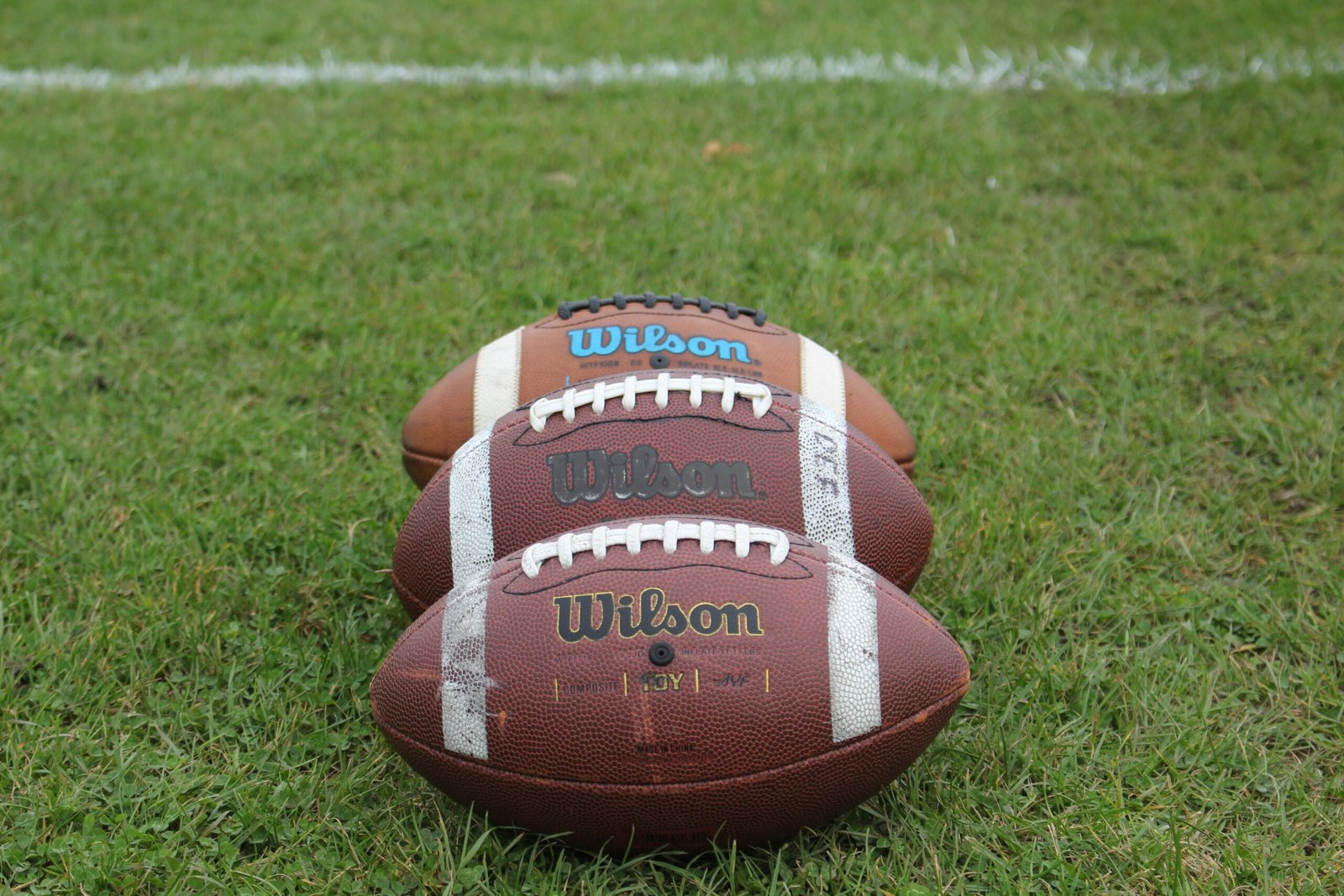This article will explore the key aspects of this rule, the reasoning behind it, and how it impacts the game. Additionally, we will discuss the fitness and skills required for players to avoid being brought down and how this rule shapes the strategies employed by teams.
Motivation Behind the Rule
The NFL rule on determining if a player has been taken to the ground serves to ensure fairness and consistency in the game. It protects players from unnecessary injury and adds clarity to what constitutes a legal play. The rule aims to distinguish between players who have been effectively tackled and those who have simply been pushed or forced to the ground but may still be eligible to continue the play.
The motivation behind this rule is to create a clear, well-defined scenario where players, coaches, and officials know exactly when the play ends. This reduces confusion and enhances the flow of the game. Furthermore, it helps to avoid any unfair advantage that might be gained by a team if the rule were not properly enforced.
Key Components of the Rule
The NFL rule that determines if a player has been taken to the ground is found under the “down by contact” rule. According to this rule, a player is considered “down” when any part of their body, other than their hands or feet, touches the ground, and they have been brought down by an opponent or forced to the ground.
However, there are a few nuances to consider:
- Player Initiating the Fall: If a player falls to the ground without being touched by an opponent (for example, by slipping or losing their balance), they are not considered down. The play continues as long as the player is not touched.
- Knee or Elbow Touching the Ground: If a player’s knee, elbow, or any part of their body, except the hands or feet, touches the ground and they have been hit by an opponent, the play is ruled dead. This rule helps to avoid ambiguity in cases where a player is nearly brought down but still manages to stay on their feet.
- Tackling Rules: A player can only be considered “down” when they have been tackled or brought to the ground by the opposing team. The act of tackling can include a variety of maneuvers, such as bringing a player down by their legs or pushing them out of bounds. The key is that the force must be from the opponent, not just gravity or the player’s own momentum.
The Importance of Understanding the Rule
Understanding this rule is crucial for both players and coaches, as it can affect decision-making during critical moments in the game. Whether or not a player is considered down can change the course of the game, particularly in the red zone, where the stakes are high. A missed call or incorrect determination of whether a player was down could lead to controversial moments and confusion.
For fans, having a basic grasp of this rule adds depth to their understanding of the game. It also helps fans appreciate the skill and agility of players who, despite being under heavy pressure from defenders, can avoid being brought to the ground and continue their play.
Skills Needed to Avoid Being Taken to the Ground
While the rule provides clarity on when a player is officially down, there are several skills that players need to possess to avoid being taken to the ground in the first place. These skills are vital for ball carriers, quarterbacks, and defensive players alike.
1. Balance and Agility
Maintaining good balance and agility is essential for avoiding being brought down. Players who can quickly adjust their body position and avoid falling or being tackled by defenders have a significant advantage. The ability to change direction on a dime and make sharp cuts allows players to evade defenders and continue the play.
2. Lower Body Strength
Lower body strength plays a key role in a player’s ability to stay on their feet when defenders attempt to tackle them. A strong core, legs, and hips allow a player to absorb contact without losing their balance. Running backs, wide receivers, and quarterbacks rely on lower body strength to fight off tacklers and extend plays.
3. Quickness and Speed
Speed is another crucial skill for players who want to avoid being taken to the ground. Quick acceleration allows players to burst through holes and evade tackles before defenders have a chance to react. Speed also helps players change direction rapidly, making it harder for defenders to predict their next move and allowing them to avoid being brought down.
4. Awareness and Vision
Having an acute sense of awareness and vision on the field is essential for avoiding tackles. Players need to anticipate where defenders are coming from and identify potential escape routes. This skill is particularly important for quarterbacks, who must be able to read the defense and make split-second decisions to avoid sacks or being forced to the ground.
Fitness
Physical Fitness for Avoiding Tackles
A player’s physical fitness is paramount in ensuring they remain agile, strong, and able to resist being taken to the ground. Maintaining peak physical condition helps players retain their ability to sprint, change direction, and avoid injury while performing at the highest level.
1. Cardiovascular Endurance
Cardiovascular fitness is essential for players, particularly those who play on offense, as it enables them to maintain high levels of energy throughout the game. A player with superior cardiovascular endurance can maintain their speed, agility, and balance, helping them to avoid tackles even in the later stages of the game.
2. Strength Training
Strength training is another key element in a player’s fitness regimen. Players must focus on building strength in their legs, core, and upper body to ensure they are able to fight off tackles and remain on their feet when challenged by defenders. Strong muscles also reduce the risk of injury and increase the overall physical resilience of a player.
3. Flexibility
Flexibility is often overlooked but is crucial for avoiding injury when a player is taken to the ground. Stretching and flexibility exercises allow players to maintain a full range of motion, which helps in making quick cuts, juking defenders, and avoiding tackles.
Mental Fitness
In addition to physical fitness, mental fitness plays a crucial role in a player’s ability to avoid being brought down. Players must remain focused and composed under pressure, making rapid decisions on how to evade defenders while avoiding contact that might lead to injury.
The Role of Coaching and Strategy
Coaches play a critical role in preparing players to avoid being tackled. During practice, coaches focus on drills that enhance agility, balance, and strength, all of which help players remain on their feet when under pressure. By simulating game situations, coaches teach players how to read defenses and make decisions that maximize their chances of avoiding being taken to the ground.
Defensive coaches also strategize on how to effectively bring down opposing players. This requires teaching defenders how to tackle efficiently, ensuring they can bring players to the ground without unnecessary risks or penalties.
Conclusion
The NFL rule on determining if a player has been taken to the ground is a fundamental aspect of the game that ensures clarity, safety, and fairness. By understanding the conditions under which a player is considered down, teams can adapt their strategies accordingly, and players can focus on developing the skills necessary to avoid being tackled.





